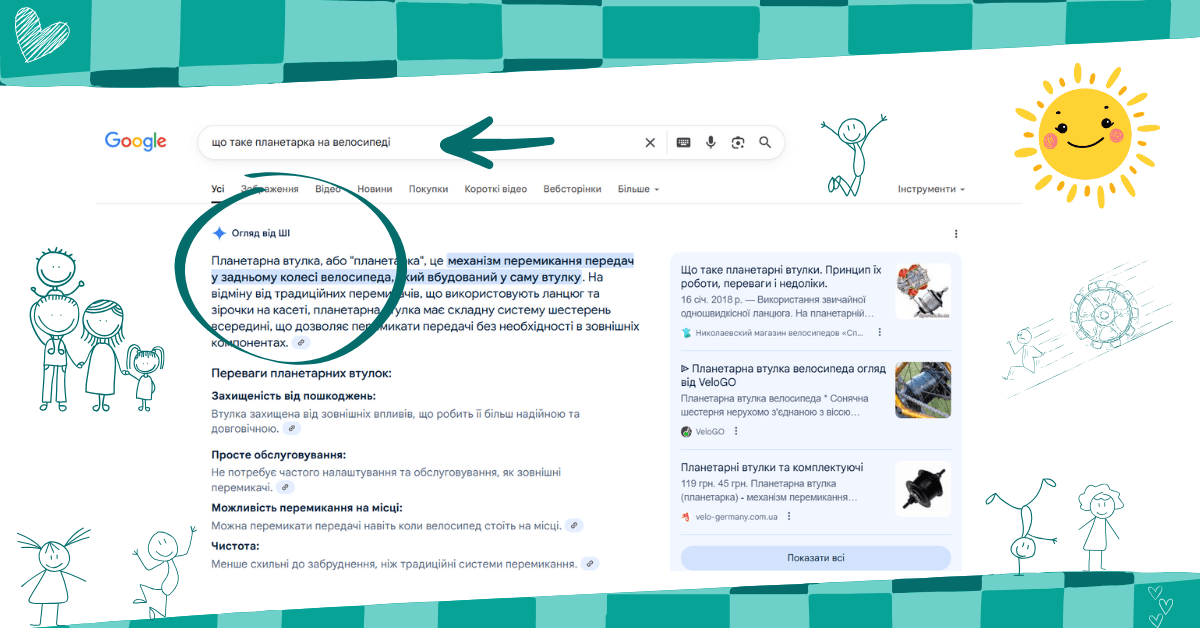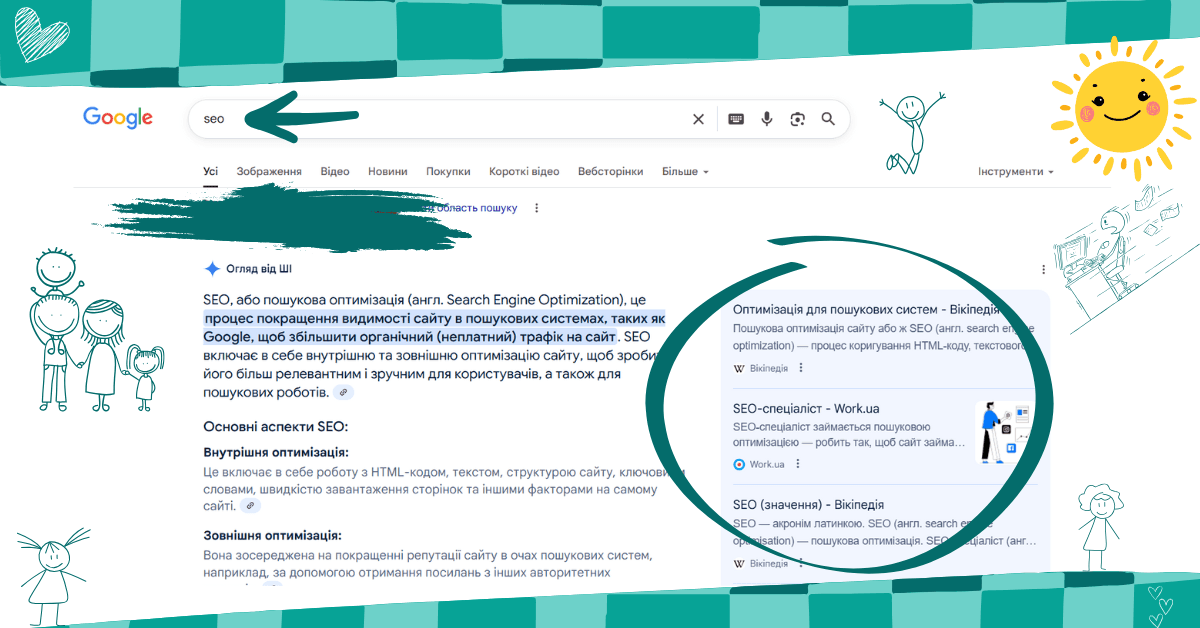Ready to get a selling / advertising / branding website?
- Predictable
- Systemic
- Stable
Sales
via the Internet
.webp)


Table of Contents
Do you remember a few years ago when we were optimizing texts for keywords, collecting backlinks, and sincerely believing that this would bring us to the top of Google? Back then, everything was simple: write, post, and wait. And now? Now, your content is analyzed not only by a search algorithm that counts links, but also by a generative model that sees, reads, listens, and, most importantly, summarizes. Welcome to the age of multimodal search. This is the new standard of digital evolution, where traditional SEO, believe me, no longer works by itself.
This is not just another update. This is a tectonic shift. It is this ability to analyze information from different sources simultaneously that is key to Gemini‘s architecture. It doesn’t just process text, it creates a complete picture. This is the future of search.
Multimodal models, such as Google’s Gemini or OpenAI’s GPT-4o, can do more than just read texts. They are able to analyze images, videos, diagrams, audio, and even combine them into a single, logical information block. Imagine: the search for the future is not a page with blue links. It’s a single, holistic answer gathered from the entire available media field.
For example, if you search for “what is a planetary on a bike,” multimodal search can show you a video tutorial, extract text from its transcription, show you an infographic with a sequence of actions, and select tools with images. All in one window. This is what it looks like:


The time of “keys” is over. AI doesn’t look for “your” keywords in H1. It is looking for meaning. Previously, the query “best running shoes 2025” was ranked due to the repetition of the phrase, meta description, and links, but now it is due to the depth, structure, and clarity of the statement. AI “understands” that “this year’s running shoes” is the same as “running shoes 2024” and will look for the most meaningful answer, not the most keyword-stuffed one.
AI gives the answer right in the search results. Sometimes, you may not get any traffic to your website because the user has already received everything they wanted. But if your answer was used in this generative block, you have already won attention. This is a new type of visibility – “generative reach”. Your goal is to become a source for these answers.
It is no longer just the “canvas of text” that works. LLM now ranks much higher if the content is good:


While classic SEO is focused on keys and links, GEO is optimization for generative search engines. For example, classic SEO, if you own a pet store and want your establishment to be seen by the query: “buy fish in aquarium Kyiv”, you should optimize your website (increase the number of backlinks, optimize technical parameters and improve user experience, etc.)


GEO works differently.


And here the rules are different. GEO focuses on:


It’s as simple as “one, two, three.”
Remember, AI loves structure, clarity, and value. If your content is just info noise, it will be left unanswered.
Multimodal models like Gemini turn search into a personal assistant that doesn’t just find websites, but generates answers. And if your site is not included in these answers, you are unfortunately out of the game.
In the future, it will not be those who write the best texts who survive, but those whose ideas are best read by AI.
It’s time to not just optimize, but adapt to the way machines think. It’s a challenge, but it’s also a huge opportunity. Are you ready for this transformation?